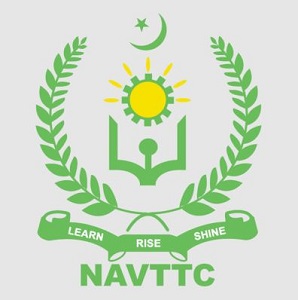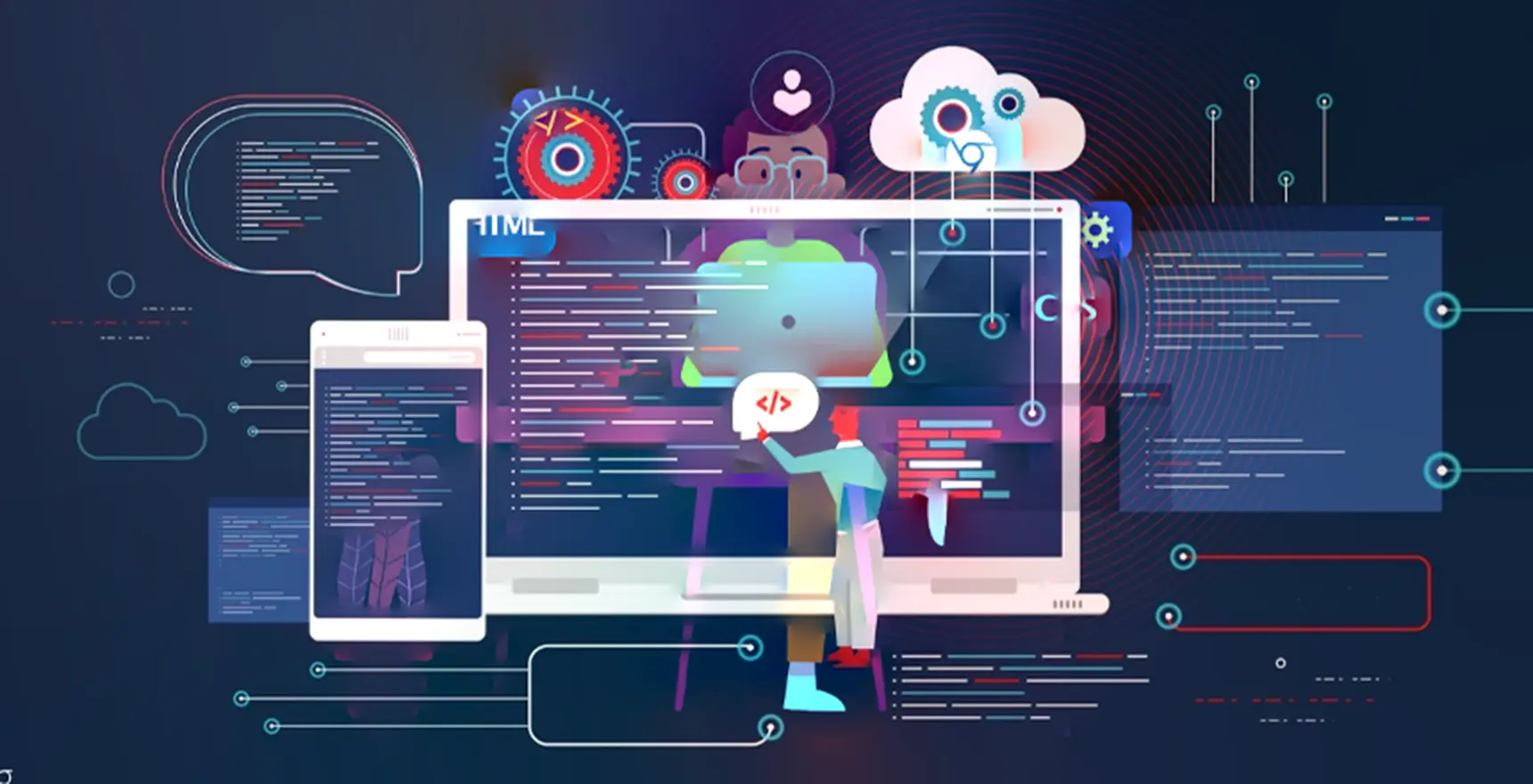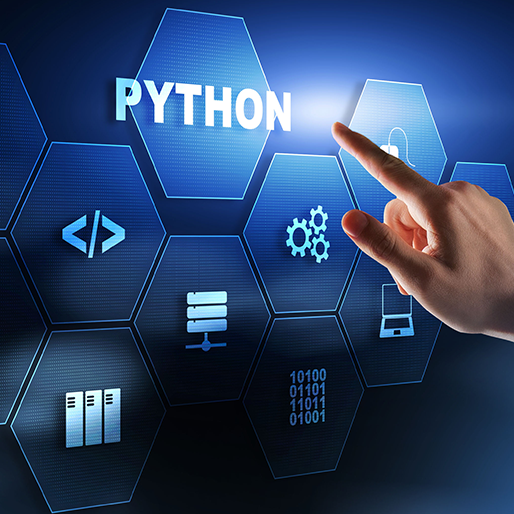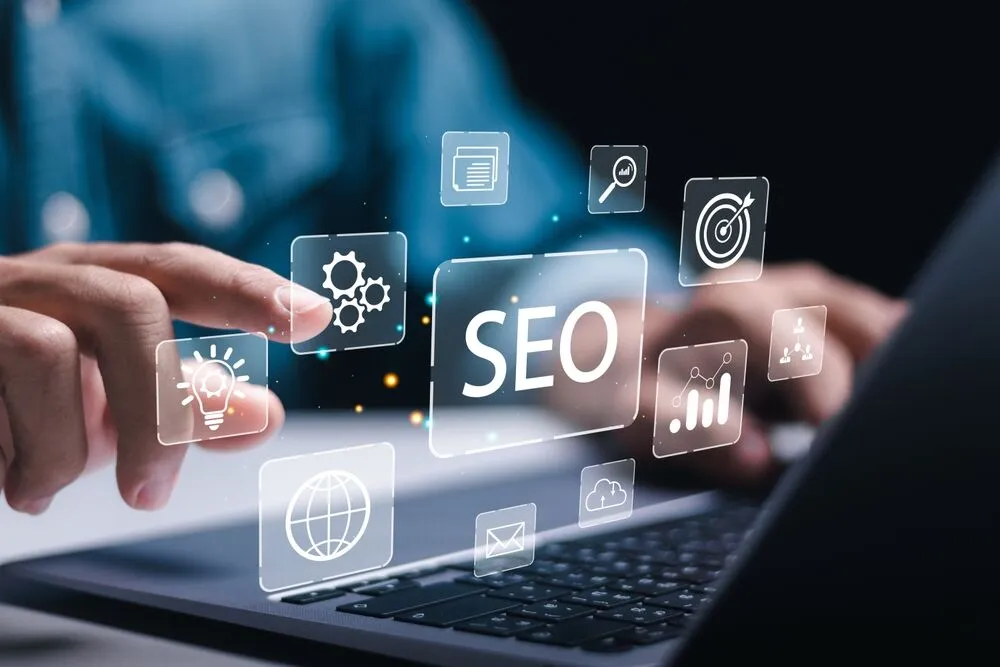
Mastering 2D and 3D Animation Techniques: A Comprehensive Guide in 2024
Art and Design
Introduction
There are several areas, such as the entertainment industry, advertising, education, and even gaming, where animated pictures have now become a must. With the coming of age in technological advancement, animation has evolved, giving rise to both 2D and 3D animation techniques. Understanding the difference between these methods as well as their best application points is vital for anyone who wants to venture into animation. This article looks at what sets apart the 2D technique from its counterpart, 3D, in relation to disparities, processes involved, and uses, thereby indicating which one can be more suitable over another depending on various creative projects.
Explanation of 2D Animation
The phrase 2D animation refers to the technique of moving objects in a space with only two dimensions. This is done by ordering individual frames, each slightly different from the last, to give an impression of motion. Traditional 2D animation, or hand-drawn animation, has been the foundation for this industry for many decades. While certain areas have been digitalized due to advancing technology and other changes made throughout the years, people still enjoy 2D because of its adaptable artistic style that has not been seen in any other format.
Techniques Used in 2D Amimation
Traditional Animation (Cel Animation):
Using clear sheets (cels), each frame is drawn by hand.
Then, these images are brought together to create the animation.
Disney classics show what it looks like—smooth and made by hand.
Digital Animation:
Adobe Animate, Toon Boom, TVPaint, and other software are used for this.
Drawings are done digitally, so they can be edited more easily and the workflow can be more efficient.
It still looks like traditional 2D but uses modern technology.
Cut-out Animation:
Shapes or figures that have been cut out move one by one per frame.
This technique became popular with “South Park.”
Its unique visual style and quicker production times set it apart from traditional animation.

Explanation of 3D Animation
The three dimensions can make things appear to move and look more natural by giving them depth. Instead of drawing on paper or moving flat objects around, this technique involves creating models, like dolls or figurines, and maneuvering them digitally. 3D animation technology has made it possible to create more realistic characters and complex environments than ever, which is why its popularity has grown so much in recent years.
Techniques Used in 3D Animation
Modeling:
The creation of 3D characters, objects and environments.
This is normally done by using software like Maya, Blender, or 3D Max.
This models are created using polygons, NURBS or other mathematical representations.
Rigging:
It creates the skeleton of an animated 3D model.
A rig is composed of bones, joints, and control handles.
It allows the animator to smoothly move the model around.
Animation:
By creating keyframes and interpolating between them, 3D models can be made to move.
Keyframe animation is used for this, along with motion capture or procedural animation techniques.
Maya and Blender are some popular software programs that can be used for this purpose.
Texturing and Shading:
The addition of textures and materials to 3D models so as to make them look real.
UV mapping may be employed here, as well as procedural texturing or PBR (physically based rendering) techniques.
For texturing, commonly used software includes Substance Painter and Mari.
2D and 3D Animation Techniques
Bringing together 2D and 3D animation techniques can yield fabulous results in different projects. Here, both strengths are combined to create graphically beautiful and thrilling materials by merging these two methods.

Conclusion
In this regard, the strengths and uses of 2D and 3D animation techniques depend on their uniqueness. A 2D animation is popular because it has an everlasting appeal and can be used in various styles, while a three-dimensional one makes things look natural. It is, therefore, employed where immersive experiences cannot be simulated otherwise. When animators find themselves at such a point, they should know both approaches well to decide which is better or where they can combine them for creative effects.
FAQS
2D Vs 3D animation: Which is better to use?
The project’s requirements, intended results and available amount of money are what determine it. Its production cost is very low but sometimes may not have that much detail or accuracy.
Recents

Top NAVTTC Courses in Faisalabad 2025 for Skill Development
Read Article →
Best Computer Courses 2025 to Boost Your Career Skills
Read Article →
Master Python Basics in 2025: The Ultimate Beginner’s Guide
Read Article →
Best SEO Training in Faisalabad 2025 | Learn & Grow Professionally
Read Article →
Best Digital Marketing Course in Faisalabad 2025
Read Article →
Advanced Data Science & Power BI Mastery Guide 2025
Read Article →